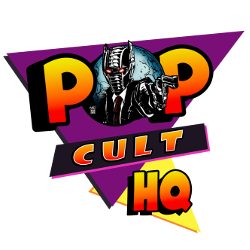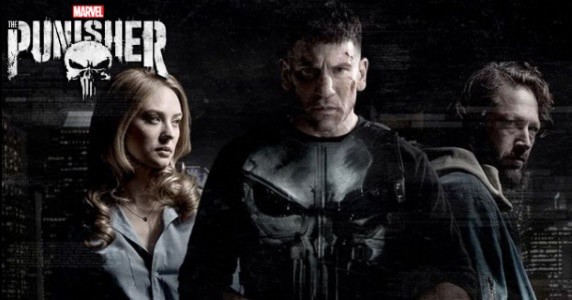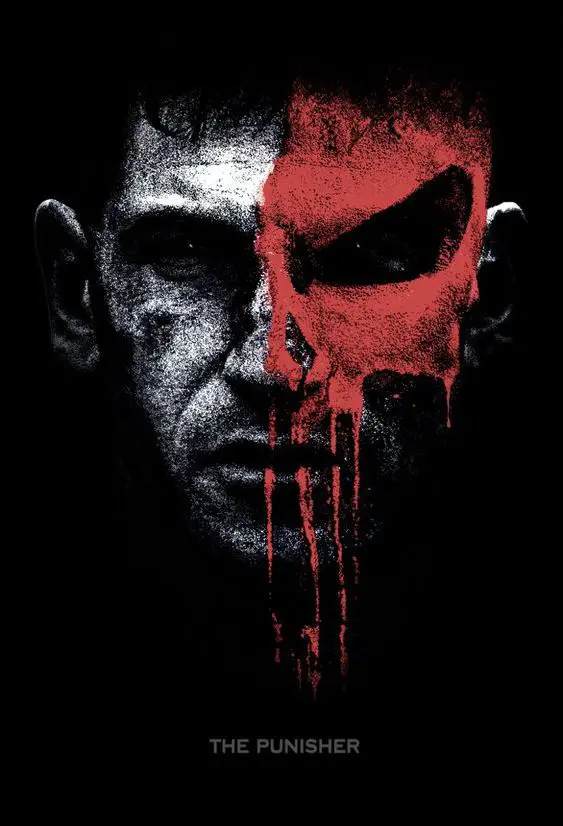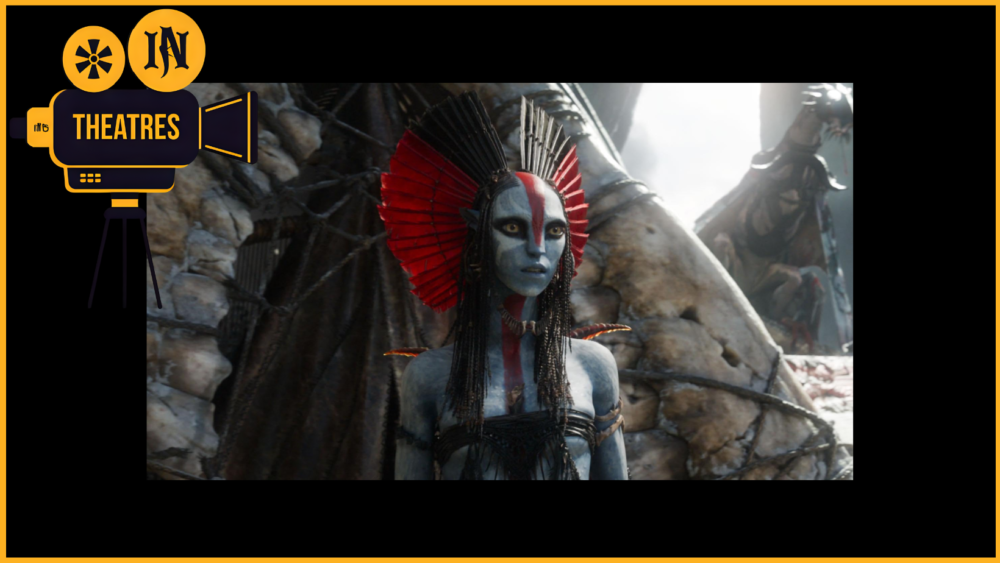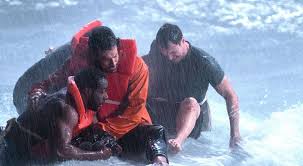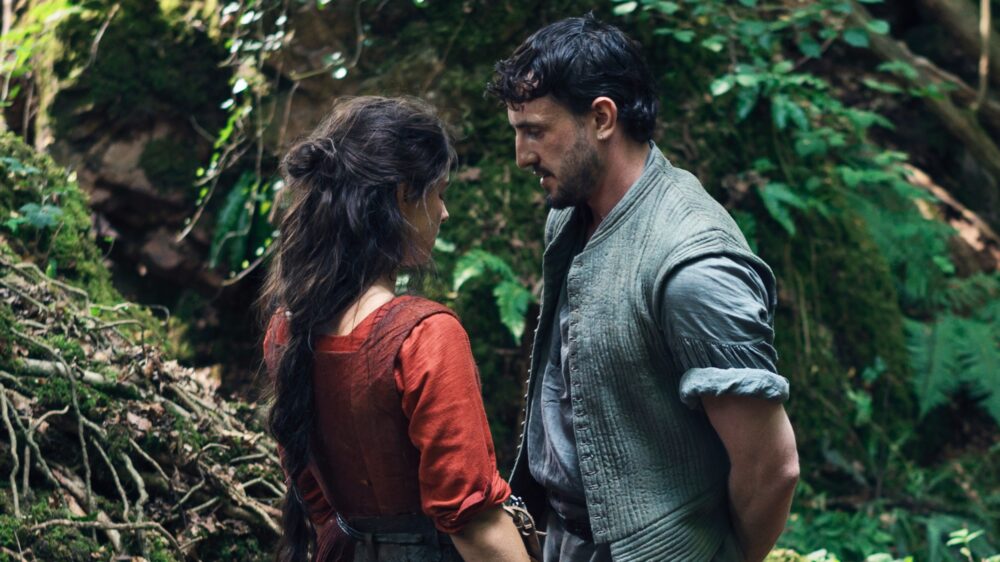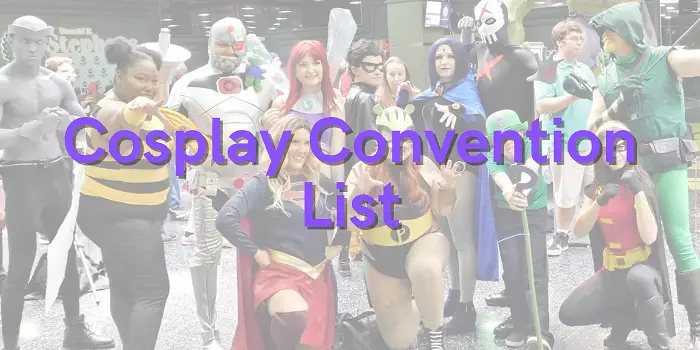Written by Adrian Care
You can always count on The Punisher to be in the wind long before the bodies get cold.
The second season of Marvel’s The Punisher series has just dropped worldwide on Netflix and, while Jon Bernthal’s animalistic and tortured portrayal of Frank Castle has been a success, Marvel is looking towards the impending Disney Plus streaming service.
Why is The Punisher only ever a cult-hero? Will we never get into anything longer than a hard scrap with, a quick brawl with Frank Castle?
The character has a history, in all mediums, of going off the grid, despite a vocal fan-base, a steady following.
Despite an ever-marketable look and appeal. An iconic logo so easily identifiable with the character that it raised eyebrows when appropriated by the blue lives matter movement. That white skull and black background that always makes for amazing cosplay, an awesome shirt, a cool looking movie one sheet.
 Created by Gerry Conway, John Romita, Sr., and Ross Andru and debuting in 1974’s The Amazing Spider-Man #129 with his iconic origin first told in 1975’s magazine Marvel Preview Presents #2. The Punisher began as a gun for hire, tasked with taking down Spider-Man. Frank Castle was an anomaly to the Marvel universe he was made for.
Created by Gerry Conway, John Romita, Sr., and Ross Andru and debuting in 1974’s The Amazing Spider-Man #129 with his iconic origin first told in 1975’s magazine Marvel Preview Presents #2. The Punisher began as a gun for hire, tasked with taking down Spider-Man. Frank Castle was an anomaly to the Marvel universe he was made for.
Tapping into the popularity of vigilante revenge movies like Charles Bronson’s Death Wish, Robert Blake’s Baretta, Scorsese’s Taxi Driver, through to the street violent Sylvester Stallone and Steven Seagal actioners of the 80’s, The Punisher was a darker exercise in escapism and wish fulfillment for readers that were looking for alternatives to colourful superhero hijinks.
A character so perfectly primed for the grim, gritty, and grown-up 80’s, the Punisher always made for iconic and tantalizing comic book covers. Think of him pointing a gun boldly into Cap’s chest on the cover of Captain America #241. Or filling Daredevil with bullets on the cover of Daredevil #183 (both drawn by the legendary Frank Miller).
Mike Zeck and Joe Jusko’s hellbent, crooked nosed, armed to the teeth warrior. Jim Lee’s militarized urban commando. These were pin-ups for boys from an era when playgrounds and living rooms came to life with imaginary wargames and re-enactments of action movies, where the only real casualties were the broken lamps and tipped over furniture before dinnertime.

The Punisher, essentially a G.I. Joe character spawned from the Marvel Universe was considered too dangerous for Saturday morning cartoons. The Publisher knew that kids would go ape for it, yet were not willing to greenlight something that would draw so much heat from parent groups. (When he would show up in the 1994 Spider-Man cartoon, he was diluted, not using his familiar arsenal.)
Ditto for video games. Tailor-made for the console war era, the character had a few cracks at side scrolling beat-em-ups, Final-Fight-style coin-ops, Operation Wolf-style shoot-em-ups, and a very adult Hitman-style game in 2005. But Marvel would be reluctant to go completely all-in with these.
Rightly so as times got darker and school shootings became a scarier reality
The Punisher was a bad-ass riding into the antihero-trend. The character you could still check out when you were supposed to be taking girls, cars, and sports more seriously than comic books.
The Punisher was a franchise player in the 90’s. Even if nobody treated it like the X-Men property, or with the same regard as Batman. The same affection as Spider-Man or Superman. At one time, Marvel was publishing Punisher, Punisher: War Journal, Punisher Magazine, Punisher Armory, and the underrated Punisher War Zone (with killer chemistry by Chuck Dixon and John Romita, Jr).
 Granted, not much in the early 90’s was as good as Steven Grant and Mike Zeck’s Circle of Blood miniseries. But the early issues of Mike Baron and Klaus Janson’s run had the right spirit. The Punisher: Year One miniseries of 1994 is a genuine hidden gem and features early work by reliable names like Dan Abnett, Andy Lanning, and Dale Eaglesham. Even the Punisher 2099 series, like most of the 2099 line, was an enjoyable and creative read.
Granted, not much in the early 90’s was as good as Steven Grant and Mike Zeck’s Circle of Blood miniseries. But the early issues of Mike Baron and Klaus Janson’s run had the right spirit. The Punisher: Year One miniseries of 1994 is a genuine hidden gem and features early work by reliable names like Dan Abnett, Andy Lanning, and Dale Eaglesham. Even the Punisher 2099 series, like most of the 2099 line, was an enjoyable and creative read.
At the very least, the design was awesome!
 It’s funny to think that The Punisher really wouldn’t hit its straps for almost 30 years since its creation. When Garth Ennis, hot off proving he was an absolute superstar with Preacher, would bring his trademark over-the-top violence, humour, and heart, to 2000’s Marvel Knights miniseries Welcome Back, Frank (with Preacher co-creator, Steve Dillon, and Jimmy Palmiotti).
It’s funny to think that The Punisher really wouldn’t hit its straps for almost 30 years since its creation. When Garth Ennis, hot off proving he was an absolute superstar with Preacher, would bring his trademark over-the-top violence, humour, and heart, to 2000’s Marvel Knights miniseries Welcome Back, Frank (with Preacher co-creator, Steve Dillon, and Jimmy Palmiotti).
Ennis had written Punisher Kills the Marvel Universe in 1995, a popular one-shot that would later be reprinted at the height of Punisher’s resurgence.
Ennis just understood Frank Castle. He knew what made him tick and where his place was in the wider Marvel Universe. The two were made for each other. So much so that Garth Ennis is recognized as the definitive Punisher writer. He capitalized on the character’s history of constant relaunches and utilized this trick to tell constantly changing and evolving stories of crime families, international cartels, war stories, tales of all shapes, sizes, and seriousness.
 Check out Garth Ennis’ Punisher: Born miniseries with Darick Robertson, or his Punisher: The End one-shot with Richard Corben, if you want to see the variety and creativity he infused in Frank Castle’s mythology. If you’re somebody who likes to have a collection of definitive runs on your shelf, grab Kitchen Irish, the Slavers, or Up is Down and Black is White from his excellent Punisher MAX series.
Check out Garth Ennis’ Punisher: Born miniseries with Darick Robertson, or his Punisher: The End one-shot with Richard Corben, if you want to see the variety and creativity he infused in Frank Castle’s mythology. If you’re somebody who likes to have a collection of definitive runs on your shelf, grab Kitchen Irish, the Slavers, or Up is Down and Black is White from his excellent Punisher MAX series.
There has been a long line of great creators to work on The Punisher since Ennis’ almost decade-long tenure on the character: Matt Fraction, Rick Remender, Greg Rucka, Nathan Edmondson, and Mitch Gerads, to name some. Even though they are all solid runs, the shadow of what Ennis did with The Punisher is still glaringly apparent.
All creators since (and some before) Ennis have tried to tell new stories with the Punisher. For better or worse. Some, like Mark Millar, used him to great effect in Marvel’s Civil War. Some had their efforts hampered by having to include him in too many crossovers that weren’t suited to him. John Ostrander had Frank Castle join the mob. We had Franken-Castle, which probably would have worked better in miniseries format. Punisher: War Machine was a cool concept. But nothing with the staying power or constant evolution and adaptability of Garth Ennis’ work on the character.
No one can seem to get through the roadblocks that other Marvel characters are without.
You can’t give a character, who is so willing to kill, a long-term arch-enemy. But what’s an iconic character without their nemesis? Without a strong rogue’s gallery? The Mafia is great, but ultimately faceless as an enemy.
Frank’s war origins need to be constantly updated also. That doesn’t always work as seamlessly as it did with transporting Tony Stark from the Vietnam war to the Gulf war. So, do you shy away from it when there’s so much integral to the story? (He must be a nightmare to edit in terms of continuity, not that that’s a deal breaker in today’s storytelling.) Do they lean into it and try to tap into the “Call of Duty” fanbase?
Is the hang-up with The Punisher that he was essentially an Image Comics character ahead of his time? Or better suited to the DC universe? He’d thrive in Gotham, as evidenced by Punisher Batman: Deadly Knights (1994) and Batman Punisher: Lake of Fire (1994).
 Is it the failure of his forays into film that have dented his appeal? All three movies have their own quirky charms. Dolph Lundgren was perfect for a 1989 Punisher; the budget and the effort just weren’t there. Thomas Jane’s Punisher worked where it could use Garth Ennis’ story and failed where it couldn’t build from there. Thomas Jane’s Dirty Laundry short should have warranted him another shot at least (track that down online and enjoy). Ray Stevenson didn’t make a bad Frank at all, and the action and style of Lexi Alexander’s Punisher: War Zone shouldn’t go unnoticed.
Is it the failure of his forays into film that have dented his appeal? All three movies have their own quirky charms. Dolph Lundgren was perfect for a 1989 Punisher; the budget and the effort just weren’t there. Thomas Jane’s Punisher worked where it could use Garth Ennis’ story and failed where it couldn’t build from there. Thomas Jane’s Dirty Laundry short should have warranted him another shot at least (track that down online and enjoy). Ray Stevenson didn’t make a bad Frank at all, and the action and style of Lexi Alexander’s Punisher: War Zone shouldn’t go unnoticed.
It’s unfair, in a way, that we won’t get to see more of Netflix’s Punisher. Jon Bernthal is a great actor and does the primal undercurrent of Frank Castle’s war a huge justice. He was one of the best things about Marvel’s Daredevil season 2 as well. It would be interesting to see if a Disney-owned Marvel has as much interest in the property or if we’ve seen the best of it.
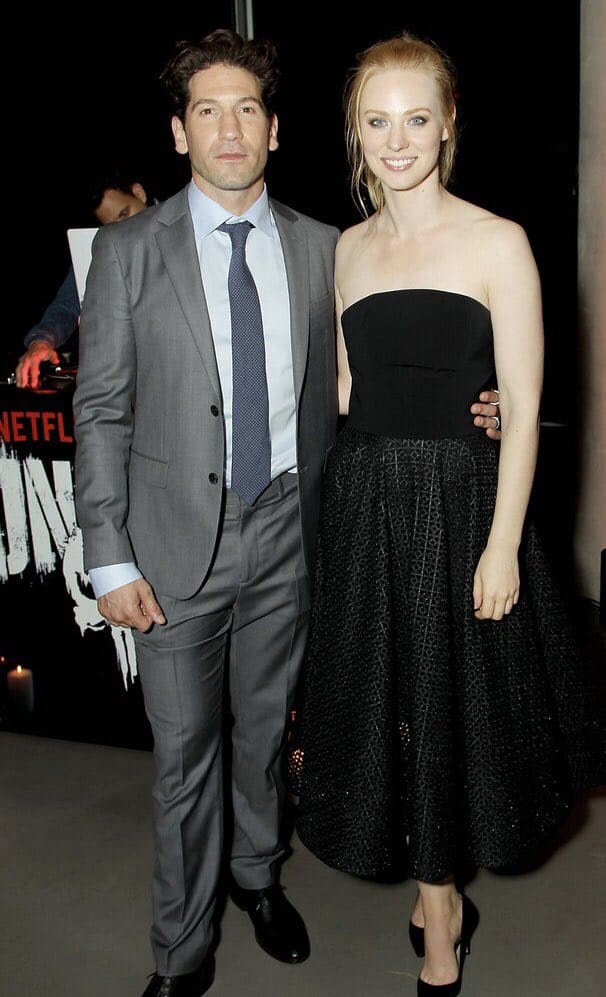
But the Punisher is too cool not to reappear. He’s too marketable not to merchandise. He’s a dirty, guilty pleasure, appealing to that revenge-fantasy, wish-fulfillment that none of us would openly admit we entertain.
Like the Lone Ranger, The Man with No Name, Phillip Marlowe, Sam Spade, Travis Bickle, Snake Plissken, and other hard-boiled, unshaved, two-fisted antiheroes, Frank Castle will show up again to serve his own brand of punishment.
The Punisher endures.
Because he’s just too tough to die.
Marvel’s The Punisher: Season 2 is available to stream NOW on Netflix.
